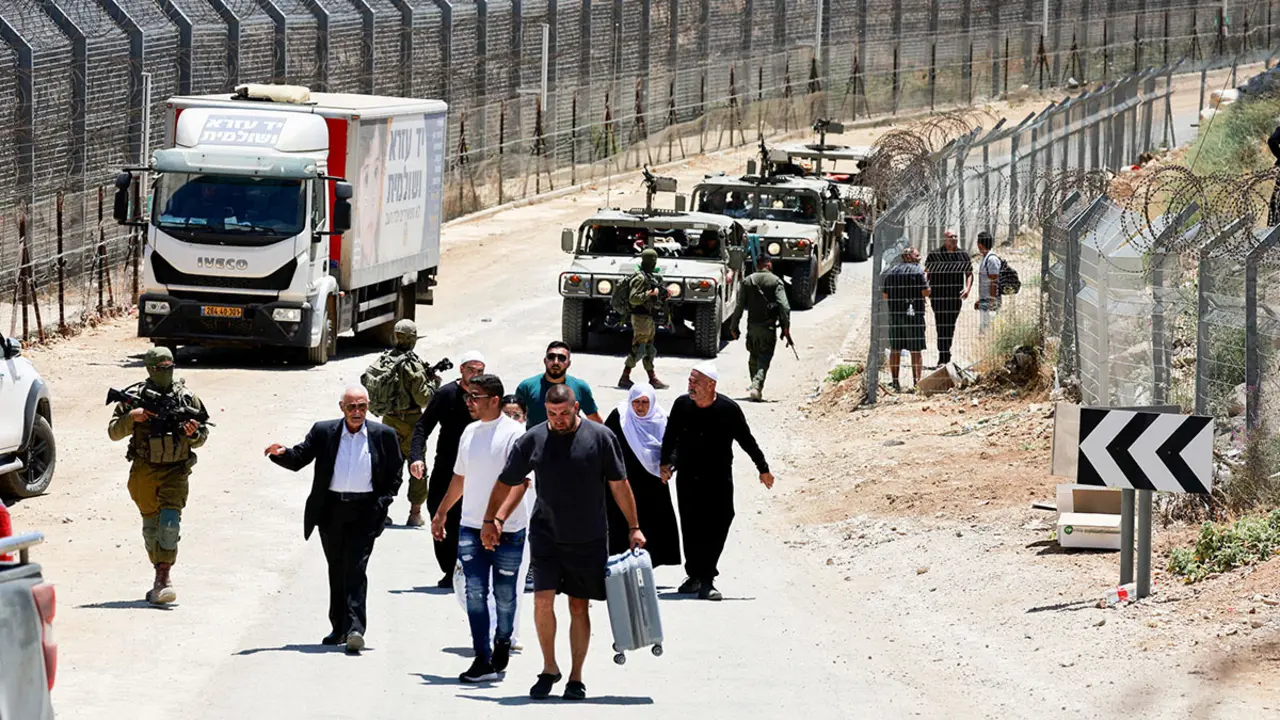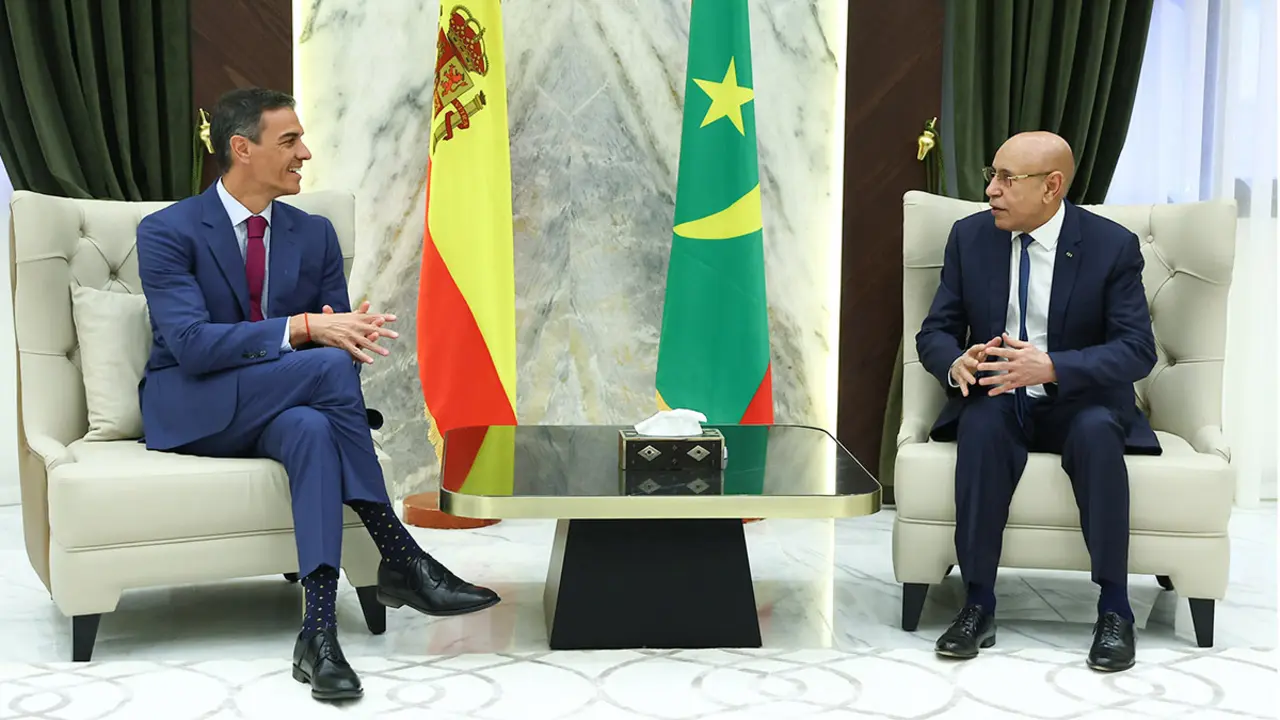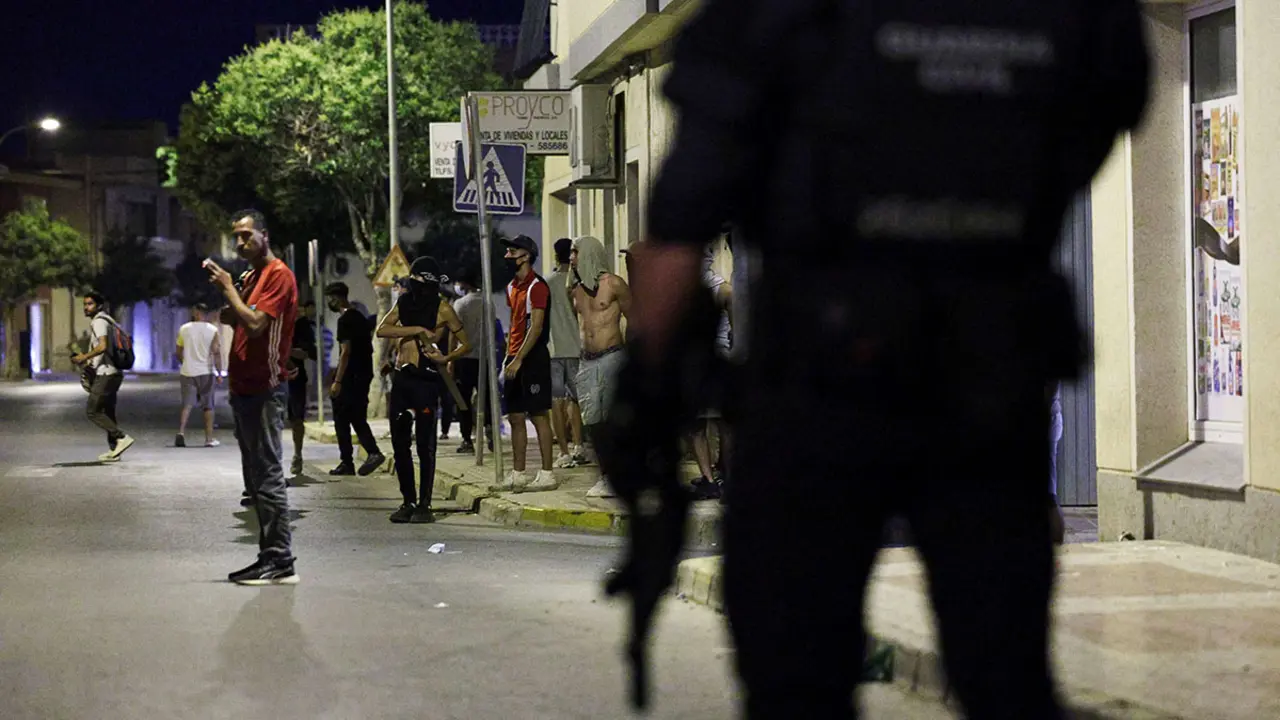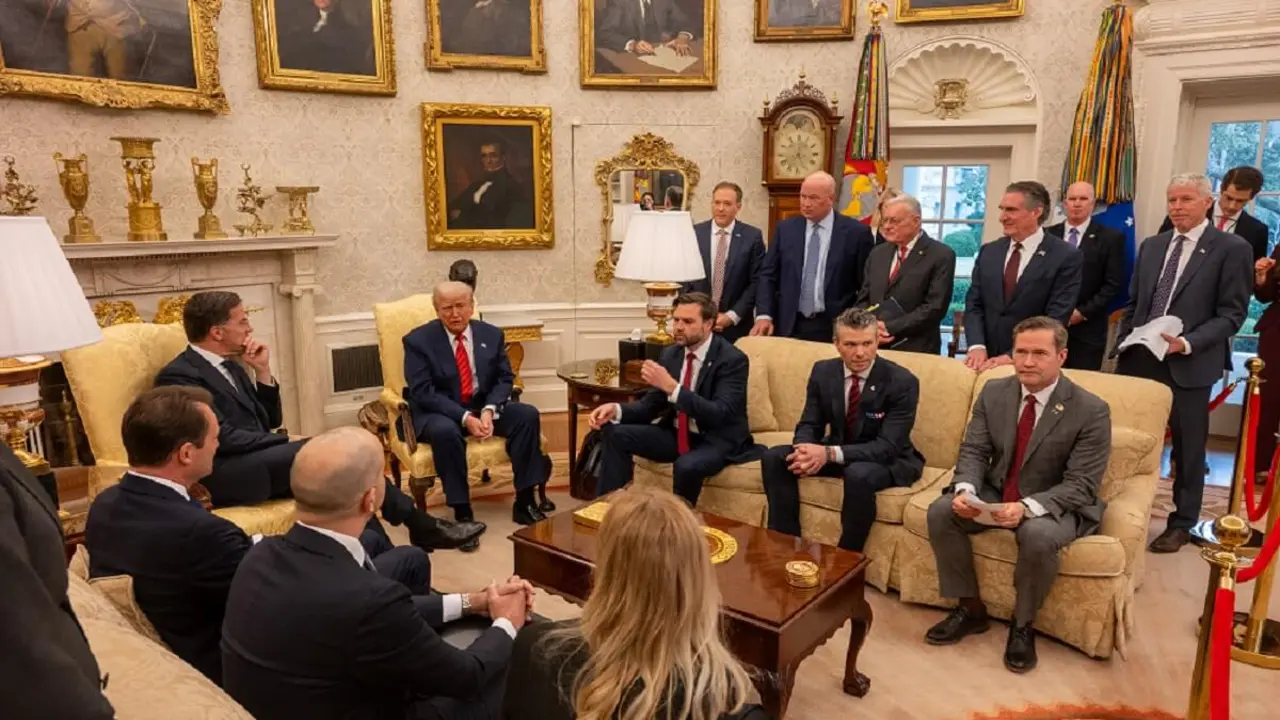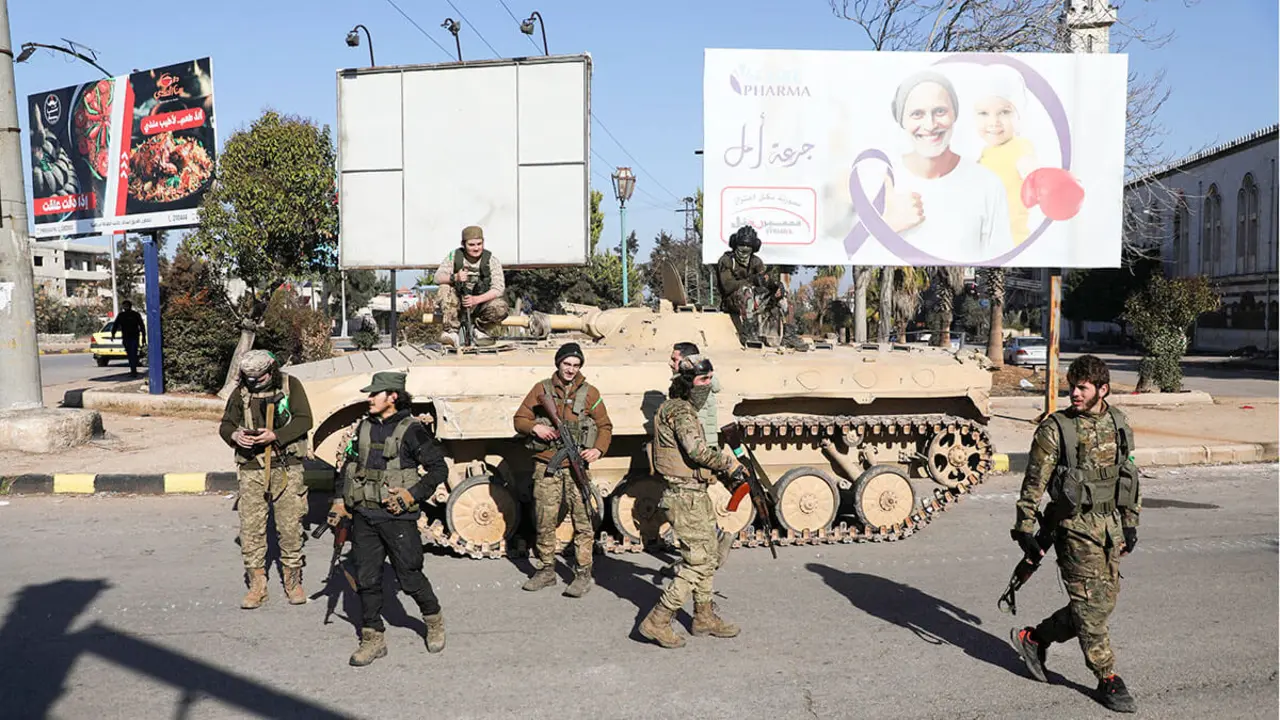The war in Syria, the most violent conflict, and the conflict in Afghanistan, the most deadly

A century ago, at the end of the 1910s and the beginning of the so-called 'happy 1920s', the number of warlike conflicts was considerably higher than it is today. The end of the First World War, the Armenian Genocide, the October Revolution, the Greek-Turkish War, the Polish-Soviet War... In 2019, the number of conflicts and violence has decreased compared to those years, but even the world order is shaken by wars and violence, in some cases with prolonged duration, as in Syria or Afghanistan, and in others with new outbreaks of violence as in the case of the new Algerian revolution known as 'Hirak'.
The annual report of the 'The Armed Conflict Location & Events Data Project' (ACLED) for 2019 provides a detailed review of the data obtained on political violence and demonstrations in regions of Africa, the Middle East, Southeast Asia, Central and South Asia, the Caucasus and Eastern Europe and the Balkans.
In this text of just over eighty pages, ACLED, a project of data collection, analysis and crisis mapping in coordination with the Strauss Center of the University of Texas in the United States, carries out research to describe, explore and test conflict scenarios, with the aim of dissemination.
Understanding 'political violence' as: "all events coded as 'battles', 'explosions/remote violence' and 'violence against civilians' type events, as well as all events coded as 'street violence' under the type of disturbances". Under this definition, the ACLED project has recorded a 13% increase in political violence and demonstrations in all regions covered by this project, motivated by an increase in protest activity.

Conflict rates decreased overall, but political violence increased in more countries than it decreased. ACLED recorded 91,448 events of political violence in 2019, a decrease of 2 per cent from 2018, when 93,642 cases were collected. However, despite the overall decrease, political violence was reported in 96% of all countries covered by the institute, and the number of events increased in more countries than decreased. Political violence increased most substantially in Ukraine, India, Libya, Myanmar and Burkina Faso.
We live in a world where there are still many wars and conflicts. The conflict in Syria continues to record the highest number of political violence, while the war in Afghanistan remains the bloodiest conflict with the most deaths.
In addition, a large number of 'frozen conflicts' continue to develop, despite the neglect of the international community. This is the case of Azerbaijan and its conflicts on the border with Artsakh and Armenia, which make it one of the countries with the highest level of political violence in 2019. At the same time, new conflicts have emerged that are spreading violently, especially in the Sahel area, and in Myanmar, with the open and bloody wound of the Rohingyas.
On all sides, civilians continue to face serious challenges in combating the risks of conflict. While most forms of political violence are on the rise, the decline in these events is due to a 15% decrease in ongoing battles. However, all other forms of violence - street violence, explosions, violence against civilians - have increased from 2018 to 2019, as has mafia violence, which increased by 47 per cent.
Violence against civilians increased by 7 per cent, especially in Syria and Yemen. Sexual violence also increased by 58 per cent in South Asia, particularly in India, which has recorded four rapes per hour, prompting massive demonstrations in Mumbai last year, demanding justice for raped women.
By country, Syria with 17,667 cases of political violence, such as explosions and remote violence (i.e. the use of artillery and attack missiles), leads the list; followed by Ukraine with 14,852 cases, mainly due to armed clashes between the Ukrainian Army and the Donbass separatist forces.
Afghanistan is the leading country with the highest number of conflict deaths as a result of open warfare between the Afghan Army and the Taliban, with a total of 41,725. Next is Yemen with the conflict that has ravaged the country, between the Arab Coalition forces and Hutu militias, which has left 25,702 deaths in one year.
Another area hit by violence is the Sahel and the Horn of Africa. Nigeria and its conflict with the Boko Haram terrorist organization, which is now over a decade old, continues to be the main source of conflict, and added to this is the ethnic struggle between farmers and cattle breeders, which has increased considerably in recent years.
Somalia, like Nigeria, is not one of the countries with the most incidents of political violence, but it is one of the countries with the most deaths from violence. The terrorist group Al Shabab (Mujahideen Youth Movement) carried out a violent insurgency against the Somali Government in 2019, such as the attack at the end of the year in Mogadishu, the capital, where a car bomb left more than 70 dead and dozens injured.
According to the ACLED report, the total number of deaths compared to 2018 decreased by 17 per cent. ACLED recorded 126,047 deaths last year, compared to 151,887 in 2018. However, deaths increased by 45 per cent in South-East Asia and 1 per cent in Africa, with significant increases recorded in Myanmar, Burkina Faso, Libya, the Democratic Republic of the Congo and Mozambique.
Similarly, it should be noted that although fewer civilians were killed in direct attacks, they remain the focus of violence. ACLED has recorded a 2 per cent increase in civilian target selection compared to 2018, with Syria being the most dangerous country in this respect. At this point, it should be noted that the number of civilians killed is higher than the 222,365 reported by ACLED, as it does not include civilians killed by 'collateral damage', meaning that the actual number of civilian deaths from political violence in 2019 is much higher.
State forces, the main threat
Governments continue to pose the greatest threat to civilians worldwide with state forces responsible for more than a quarter of all violence against them by 2019, the highest proportion among all players. Among the major players responsible for most of the attacks on civilians over the past year are the Afghan military, the Taliban, the Houthi army and pro-Hadi forces, both in Yemen, and the Syrian military.

Another highlight of the ACLED report is the violence by the mafia, which has increased by 22% since 2018 and has caused more deaths. While individual mafia incidents generally result in few deaths, the increase in this number is driven by a broader growth in mafia violence in general, particularly in India, where it accounts for 57% of all such incidents.
One point worth noting is ACLED's exclusive focus on violence in the United States. During the summer of 2019, ACLED carried out a pilot project to count the cases of violence in the United States and the study shows that, despite being limited, violence in that country is very lethal. Between July and September last year, up to 50 cases of violence were recorded, mainly mass shootings and excessive use of force by state authorities. The targets of these attacks were mostly the African-American community, members of the LGTB collective and women.
To conclude the report, the research group refers to demonstrations and protests experienced in the regions analysed, which have increased by 51%, where approximately more than 90% were peaceful demonstrations, while 12% had some violent incident, mainly in Africa (such as in Algeria and the Hirak or the September demonstrations against the Egyptian President Abdel Fattah Al-Sisi), the Middle East (especially in Iran, due to the increase in the price of oil, and in Iraq, against the corruption of the political class) and Southeast Asia.

The panorama that ACLED outlines through its paper is not at all encouraging, and although the numbers of political violence have been reduced compared to last year, the new challenge that has put the world on the ropes, the COVID-19 pandemic, will surely further highlight risky situations in these countries and will be the fuse that lights the flame elsewhere.




